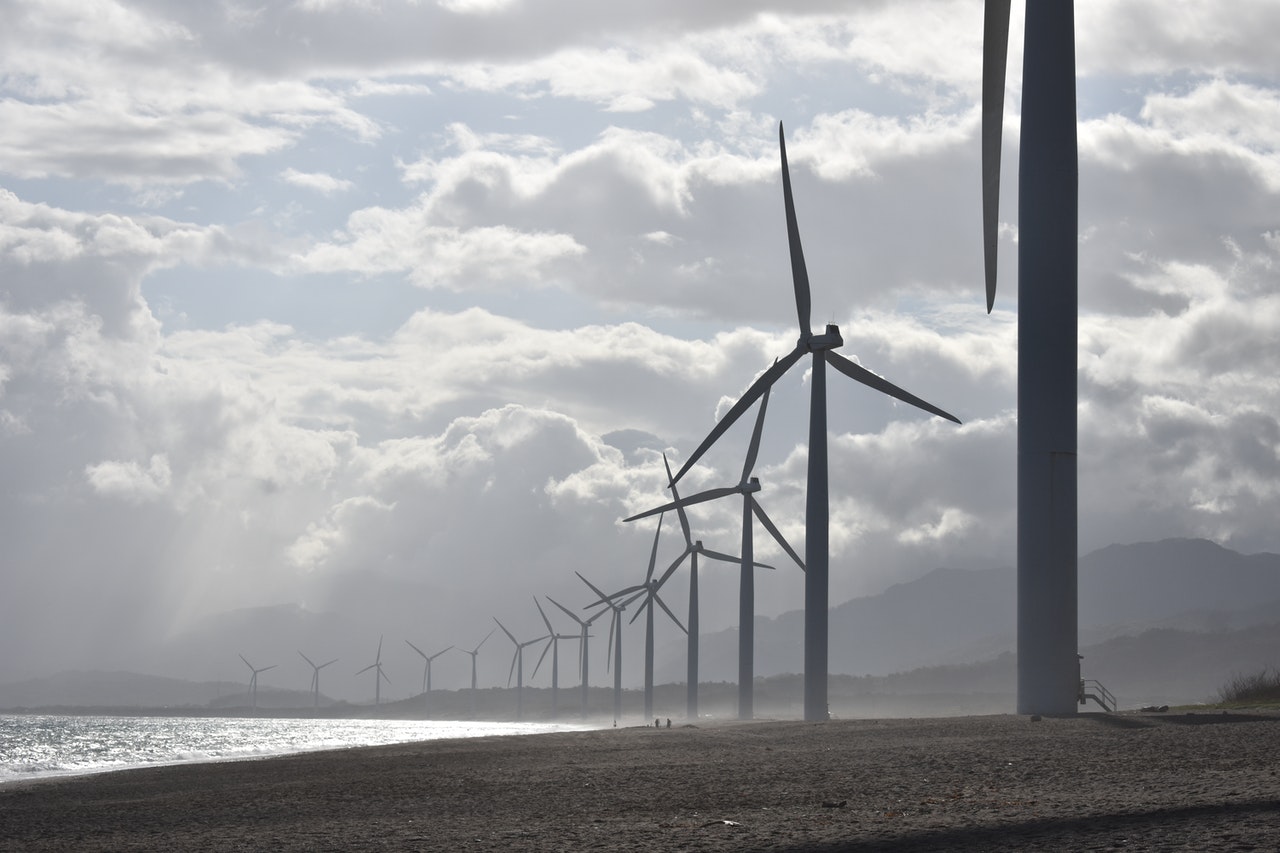In this article, we take a look at what is the difference between nonrenewable and renewable energy and the various types of energy sources that are out there.
First, let’s get familiar with the conventional nonrenewable energy sources. These are fossil fuels known as coal, oil, and natural gas. Chemical reactions between certain materials are also considered nonrenewable energy sources.
Non-traditional nonrenewable energy sources come from agrofuels, biofuels, or cultural fuels. Nuclear, such as uranium and plutonium, are used for nuclear power.
Although geothermal energy is considered a form of renewable energy, only one type of geothermal energy uses hot water, which in certain places is considered nonrenewable.
Fossil energy is a part of nonrenewable energy. We are talking about the energy that is generated thanks to the fossil mentioned above fuels earlier.
Unconventional fossil resources are not available in their current form and are located in hard-to-reach deposits. The primary fossil sources are coal, oil, and natural gas. They are called ordinary fossil resources.
Nonrenewable resources are closely related to nonrenewable energy. And the fact is that all resources that are depleted at a faster rate than they are regenerated are nonrenewable resources. The same thing happens with materials and minerals, not just energy.
Coal, for example, is one of the nonrenewable minerals used to generate energy. Coal reserves around the world have already run out. Faced with this, governments worldwide must look for alternative assets based on green energy.
Renewable or regenerative energy (green energy) is the energy that comes from sources that, according to human concepts, are inexhaustible.
The fundamental principle of renewable energy is to extract it from processes occurring in the environment and provide it for technical use in various fields. In explaining different types of renewable sources we’ll also explain what is the difference between nonrenewable and renewable energy.
Renewable energy comes from natural resources such as sunlight, wind, rain, tides, and geothermal heat, or sources that are naturally replenished.
According to some estimates, about 18% of the world’s energy consumption comes from renewable energy sources, while 13% from traditional biomass, such as wood burning.
Hydroelectric power is the next most significant renewable energy source, providing 3% of the world’s energy consumption and 15% of the world’s electricity generation.
Wind energy use is growing at about 30%/year worldwide with an installed capacity of 196,600 MW in 2010 and is widely used in Europe and the US.
Solar thermal plants are mostly used in the US and Spain, the largest of which is the 354 MW Mojave Desert plant.
The Earth’s largest geothermal plant is the California Geyser Plant, and has a capacity of 750 MW.
Brazil has one of the world’s largest renewable energy programs related to producing ethanol fuel from sugar cane.
Wind energy is another type of renewable energy that transforms the kinetic energy of air masses in the atmosphere into thermal, electrical, and other forms of energy.
Hydropower specializes in using the potential energy of the water flow of rivers formed by precipitation that has fallen on a hill.
Ocean waves use the potential energy of waves carried on its surface. Tidal energy uses the waves’ energy and kinetic energy of the rotation of the Earth. Wave energy has a higher power density than wind and solar energy.
Although similar to tidal energy and ocean currents, wave energy is a different renewable energy source.
Geothermal energy utilizes water from hot geothermal sources as a heat carrier, and due to the lack of the need to heat water, geothermal power plants are often considered more environmentally friendly than TPPs.
Last but not least is bioenergy, which specializes in producing energy from natural raw materials.

